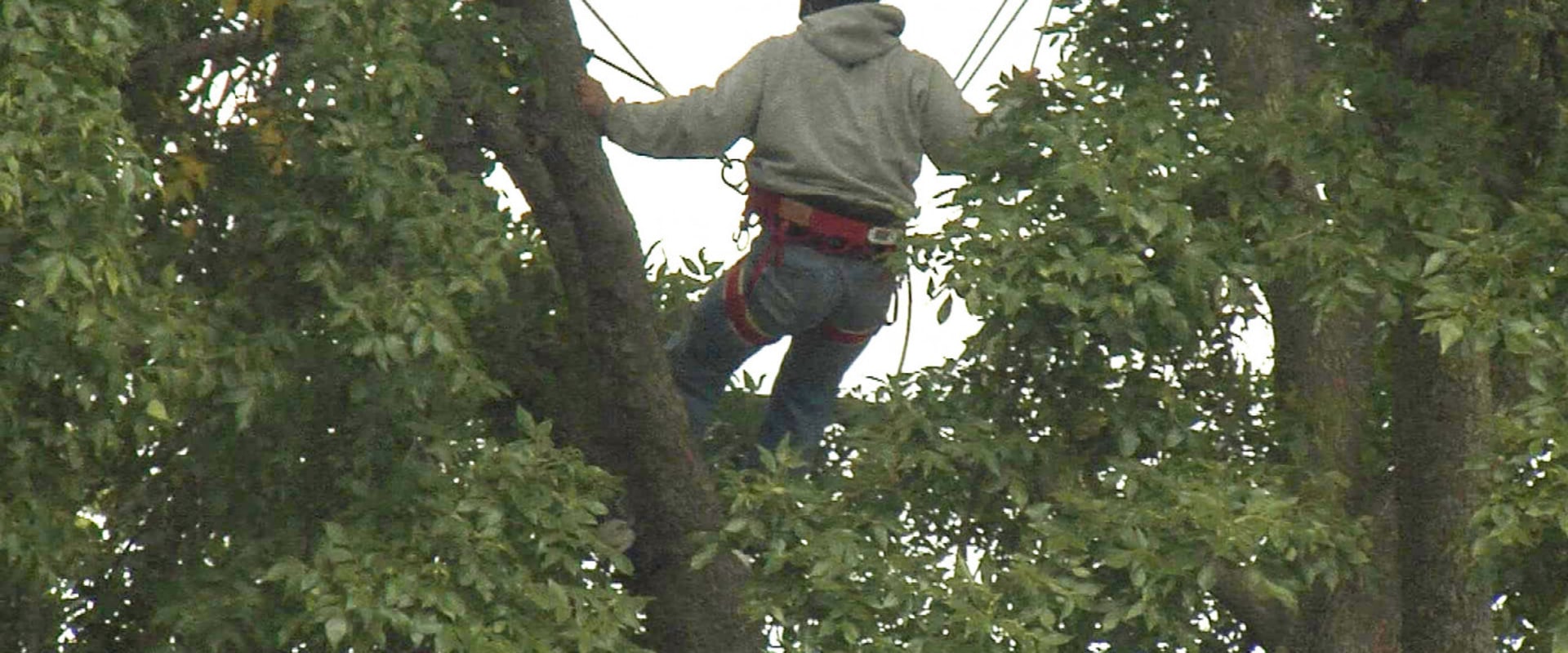Arboriculture involves caring for individual trees, whereas urban forestry deals with forests as systems (groups of trees) in a developed environment. The science of arboriculture focuses on proper tree planting, pruning, fertilization, water and other maintenance issues. It also focuses on the general health of individual trees. As an arborist with a degree in forestry, I am often asked to explain the differences between the terms: what is the difference between forestry and urban forestry, between forestry and arboriculture, and between municipal arboriculture and urban forestry? Let's start with the biggest one: what's the difference between forestry and urban forestry? Many people think that the term “urban forestry” is an oxymoron.
The forest is the place where you go to get away from the urban area. It's that place “out there, so how can there be such a thing as an urban forest? In fact, there is a continuum between traditional forestry and urban forestry, and as development continues and people continue to move to more rural areas, the differences will become smaller and smaller. The science of arboriculture and urban forests includes the correct selection, planting and care of trees. We specialize in diagnosing tree health disorders, selecting trees for unique urban spaces, and sustainably managing tree care.
Landscape designers have hired us to select high-profile award-winning landscape trees and implement programs for tree health management. The New England region created urban forestry policies that laid the foundation for urban areas everywhere. In its broadest sense, urban forestry adopts a multi-management system that includes municipal watersheds, wildlife habitats, outdoor recreation opportunities, landscape design, municipal waste recycling, general tree care, and the future production of wood fiber as a raw material ( Society of American Management challenges for urban forestry include maintaining an inventory of trees and planting sites, quantifying and maximizing tree benefits, minimizing costs, obtaining and maintaining public support and funding, and establishing laws and policies for trees on public and private lands. In the United Kingdom, the National Urban Forestry Unit produced a series of case studies on best practices in urban forestry, which are archived here.
This led foresters to look to rooftops as an option, and what are known as green roofs has become the next frontier in urban forestry practices. A report released by the United States Department of Agriculture addresses the different ways in which an urban forestry program can work to mitigate the impacts of climate change. Disturbances in urban forests are known to occur more frequently and with greater intensity than in nature. Certain species are more tolerant of harsh urban conditions than others, and urban foresters strive to select species that maximize benefits and minimize costs for a specific site.
Urban forestry has been shown to promote psychological healing, recovery from stress, and improve concentration and productivity. While each municipality has a tree keeper in charge of overseeing the urban forest, they have less time to manage each individual tree. An urban habitat can significantly affect wildlife behavior and can alter the ecology of urban wildlife, influencing the behavior of these organisms. Based on American Forests' urban ecosystem analyses conducted over the past six years in ten cities, an estimated 634,407,719 trees have been lost from metropolitan areas in the U.
Urban forests also encourage more active lifestyles by providing space for exercise and are associated with stress reduction and overall emotional well-being. The many limitations that the typical urban environment imposes on trees limit the average lifespan of a city tree to just 32 years (13 years if planted in a central area), which is much lower than the average 150-year lifespan of trees in rural environments (Herwitz 200. Skills within urban forestry can consist of community-based tree management, restoration of neglected spaces, monitoring and maintaining the urban canopy, and building social cohesion in neighborhoods. Only about a quarter of municipalities in Denmark have forest policies for the management of their urban forests.
. .
